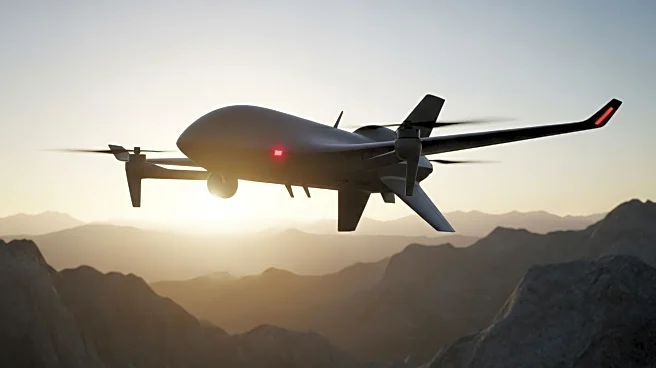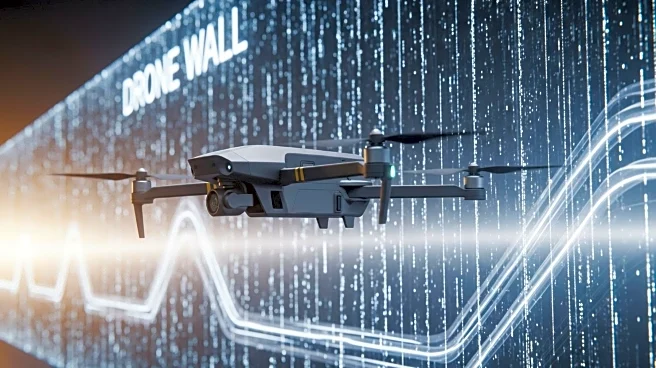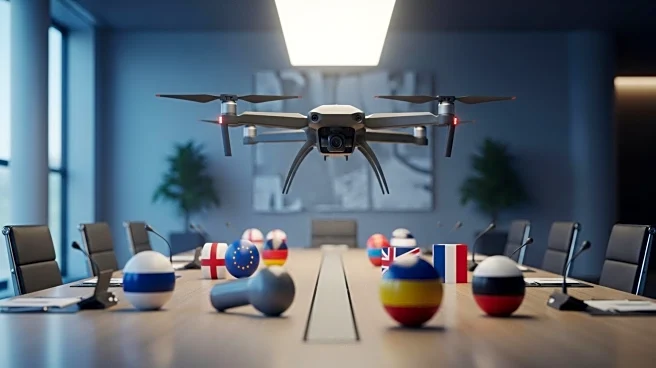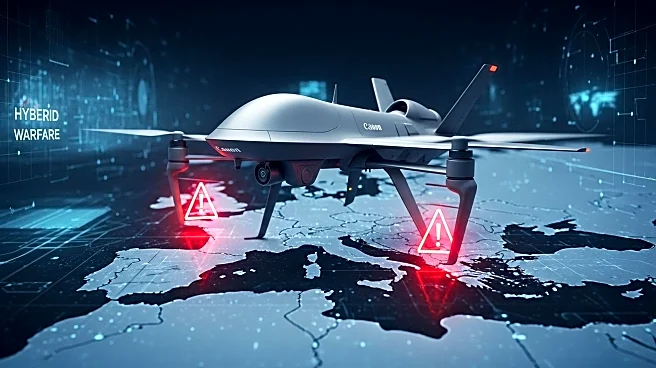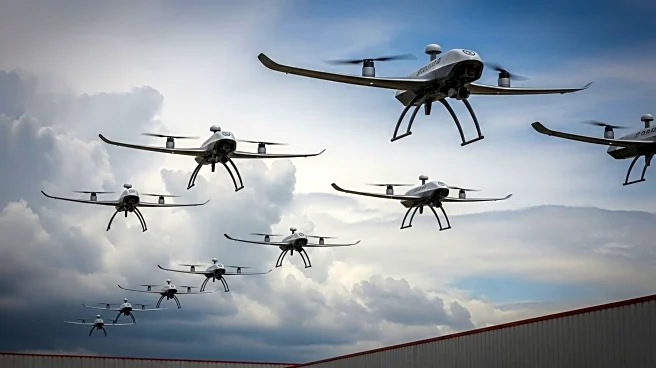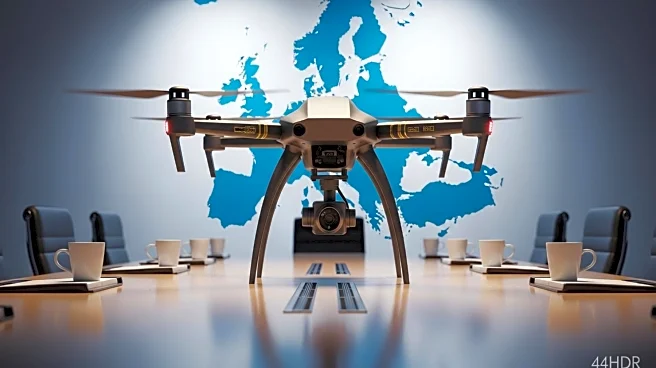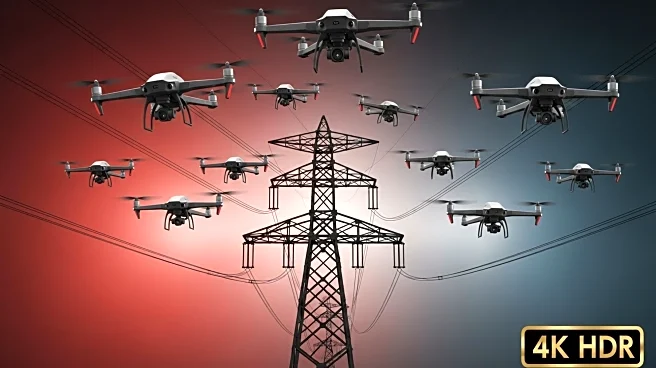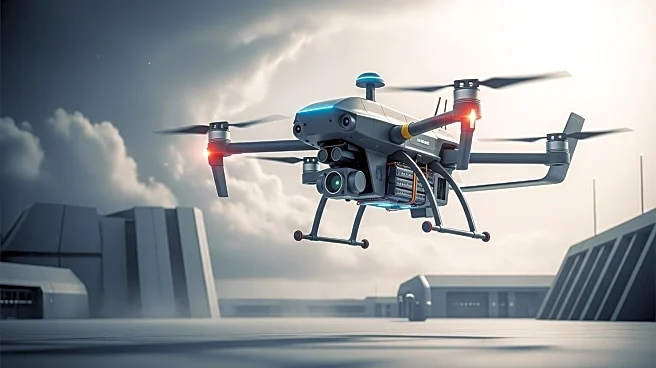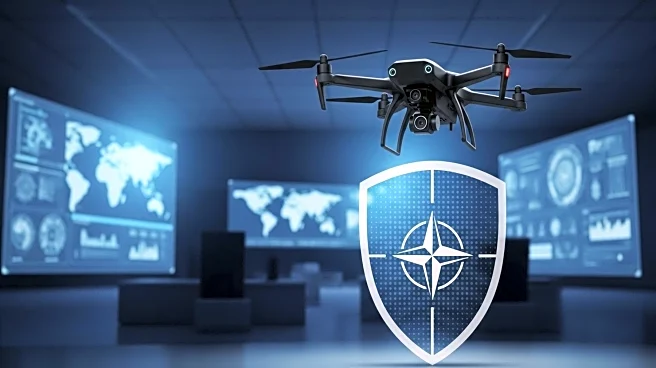What is the story about?
What's Happening?
On September 9, a significant incident involving drone warfare unfolded as 19 unarmed drones reached Polish territory, coinciding with Russia's launch of over 400 drones into Ukraine. NATO fighter jets managed to destroy four of the drones over Poland, while Ukraine's Air Force successfully intercepted 93 percent of the Russian drone salvo. This event highlights Ukraine's advanced capabilities in anti-drone combat, offering valuable lessons for NATO. The ongoing conflict has necessitated the development of new skills and strategies, as illustrated by Anna Husarska, a journalist and policy analyst, who has gained expertise in drone identification and survival tactics during her aid missions in Ukraine.
Why It's Important?
The proficiency demonstrated by Ukraine in countering drone attacks is crucial for NATO, as the alliance faces increasing threats at its borders. The ability to effectively neutralize drone threats is becoming a vital component of modern warfare, and Ukraine's experience provides a practical framework for NATO to enhance its own defense strategies. The geopolitical implications are significant, as tensions between Russia and NATO member states, particularly Poland, continue to escalate. The potential for conflict at NATO's doorstep underscores the need for preparedness and adaptation to new forms of warfare, which could influence military policies and defense spending across the alliance.
What's Next?
As the situation develops, NATO may seek to integrate Ukraine's anti-drone tactics into its own military training and operations. This could involve increased collaboration and knowledge exchange between Ukraine and NATO member states. Additionally, political leaders within NATO are likely to reassess their defense strategies and resource allocations to address the evolving threat landscape. The ongoing conflict and its proximity to NATO borders may also prompt diplomatic efforts to de-escalate tensions and prevent further military confrontations.
Beyond the Headlines
The broader implications of this development extend to the ethical and legal dimensions of drone warfare. As drones become more prevalent in military operations, questions about their use, regulation, and the potential for collateral damage will need to be addressed. Furthermore, the reliance on advanced technology in warfare raises concerns about cybersecurity and the protection of critical infrastructure from potential drone attacks. These issues will likely shape future discussions on international security and defense policies.
AI Generated Content
Do you find this article useful?
